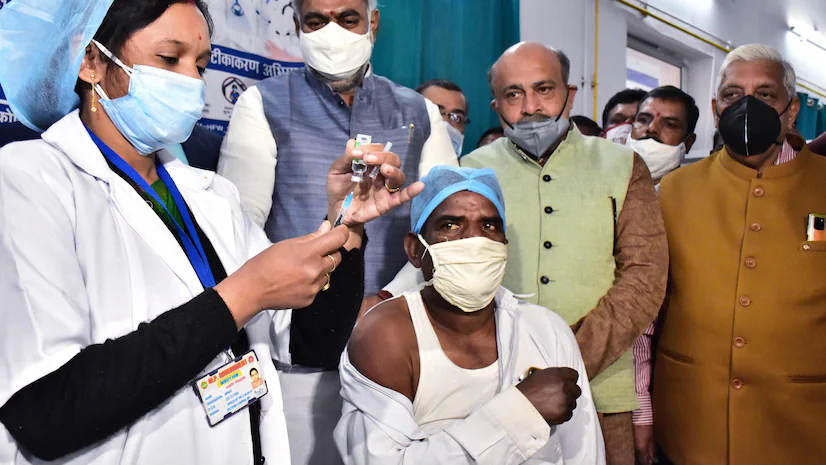On May 26, India recorded a total of 1,010 active COVID-19 infections, crossing the 1,000-mark for the first time in nearly three years. The sudden spike in cases has raised concerns among health authorities, especially as the virus appears to be spreading across various states. Notably, Punjab reported its first infection on May 26, signaling a potential resurgence.
Kerala, Maharashtra, and Delhi Account for 74% of Active Cases
Kerala continues to remain the worst-hit, contributing over 40 percent of the country’s total active cases. Maharashtra follows with 210 reported infections, and the national capital, Delhi, accounts for 104 active cases. Together, these three states make up nearly three-quarters of India’s active COVID-19 burden.
Since May 19, six deaths have been recorded: three in Maharashtra, two in Kerala, and one in Karnataka—highlighting that the threat of the virus is far from over.
Vaccination Progress Slows, Precautionary Dose Uptake Low
Although a large part of India’s population has received at least one dose of the COVID-19 vaccine, uptake of the precautionary dose remains critically low. An analysis by MC reveals that only 25 percent of the eligible adult population has taken the precautionary (booster) dose. Even second-dose coverage shows room for improvement, with only 93 percent of those who received the first dose completing their two-dose schedule.
Vaccination rates among younger age groups are particularly concerning. Only 78.8 percent of children aged 12–14 have received a second dose, compared to 86.6 percent in the 15–18 group and 93.9 percent in the 18+ category.
Vulnerable States Lag Behind in Booster Coverage
Five states have precautionary dose coverage lower than 10 percent. Among them, Meghalaya, Nagaland, and Punjab stand out as the most vulnerable, with less than 9 percent of their populations having received the booster dose.
A Wake-Up Call for Renewed Vigilance
The recent surge in COVID-19 cases, though modest in numbers compared to earlier waves, serves as a crucial reminder that the pandemic is not yet over. With active cases rising and vaccination rates slowing down, health experts urge the public to stay vigilant, follow safety protocols, and ensure full vaccination—including booster doses—to curb the virus’s spread and severity.
As India enters a new phase of pandemic management, timely preventive measures and renewed public awareness will be essential in keeping the situation under control.








Leave a Reply